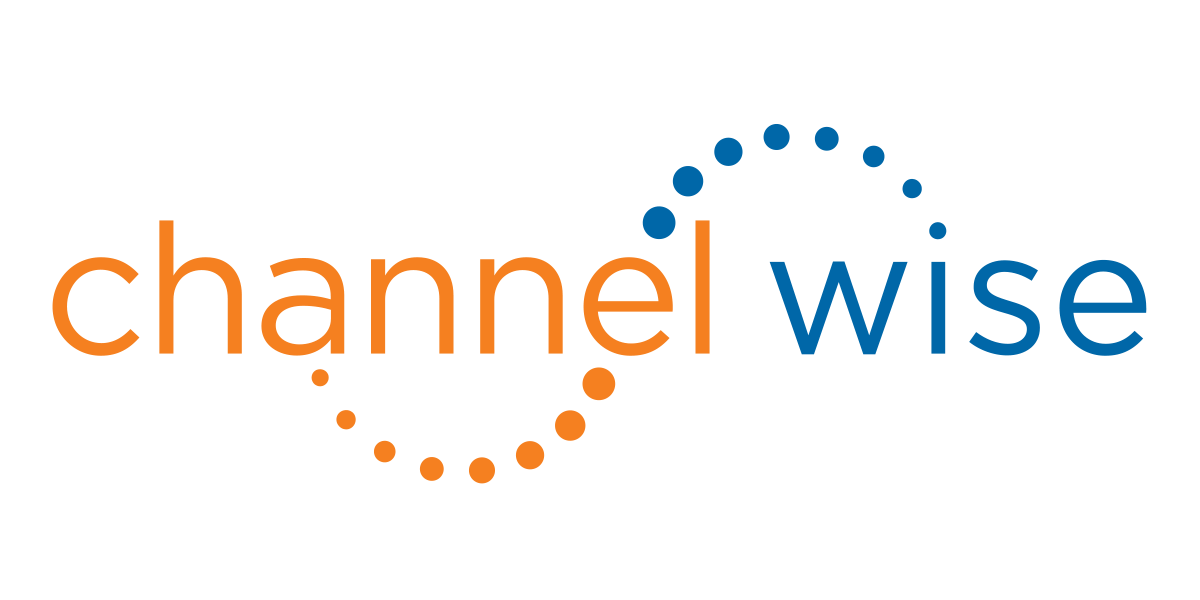How to Build an Effective Channel Partner Program with Matt Solomon
Click here to watch the replay:
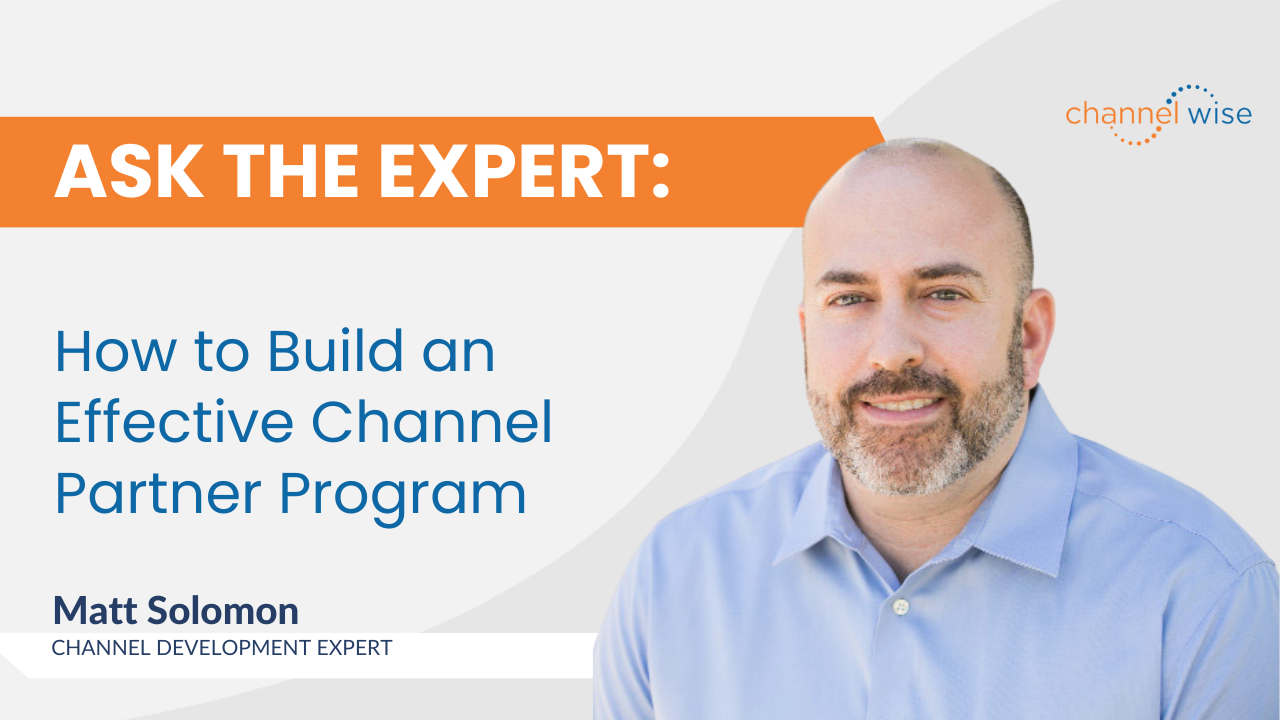
Are you looking to build trust and strong relationships with your channel partners? Do you want to improve partner enablement and support?
In this Ask the Expert Episode, Kris Blackmon, Chief Channel Officer of JS Group, interviewed Matt Solomon on behalf of channelWise. Matt is the Co-Founder & Chief Business Development Officer of ID Agent and also a channelWise expert. Here they discussed the keys to success in channel program development and how vendors can set themselves apart in a competitive market. From the early stages of building a channel program to improving follow-up processes after events, Matt shared his insights and experiences working with MSPs and other channel partners.
Highlights
- Building trust and strong relationships with partners is key to the success of any Channel Program.
- Partner enablement and support, such as effective onboarding, consistent communication, and multiple delivery methods for onboarding material, are crucial to partners' success in gaining momentum.
- Personalizing communication, addressing specific needs, and offering opportunities for thought leadership and product pitches beyond in-person events are ways vendors can improve their follow-up process and set themselves apart in competitive pitches.
What is the main objective of ID Agent’s Channel Program?
Our main objective with the Channel Program is to become the go-to platform for MSPs looking to evaluate their tech stack. We recognized that product reviews and comparisons are a significant part of the conversation among MSPs in various forums, accounting for about 50% of the chatter. To address this, we focused on bringing greater transparency and validation to these discussions, making it easier for MSPs to compare products and choose the best ones for their needs.
Over the past 11 months, we have worked hard to evolve the program to meet the needs of MSPs better. This included launching product reviews that require MSPs to put their name on them, ensuring greater transparency and authenticity. We have received over 800 product reviews in the last three months alone, indicating that MSPs find the program valuable and useful for their needs. We are committed to providing MSPs with the resources and tools they need to evaluate and select the best tech solutions for their businesses.
What were the early stages of building the ID Agent Channel Program, and how did the program gain the trust of partners?
In the early stages of building our Channel Program, we stumbled upon the idea almost by accident. At the time, we did not have a proper Channel Program that we believed would work. However, after an article was written about our program in a trade publication, we started receiving inbound leads from MSPs. We were fortunate enough to get a few MSPs on board who gave us valuable feedback on how to position the program for it to work for them.
We understood the importance of listening to our partners from the start and prioritized asking for their input and feedback. This feedback helped us hone in on what our partners wanted, and we used it to engage directly with them through product advisory councils. Additionally, we developed policies and procedures for communicating with our customer base, recognizing that it can be difficult to reach them effectively. By engaging with our partners directly and listening to their needs, we have built trust and delivered on their expectations.
What made ID Agent's Channel Program so attractive to other MSPs that allowed them to build out their channel so fast?
In the early days of building our Channel Program, we found that building out partner enablement materials was the biggest key to our success. We got on early with data's roadshow, which allowed me to see what they had built and learn from it. We took what they were doing and did our own version of it. We were very different from other vendors, and we honed in on that.
We built a platform for partner enablement ahead of other vendors at the time and completely separated us from competitors. We were also doing things well before anyone else, such as jumping on sales calls with our partners and providing extra assistance through what we called "goal assist." In those early days, I never said no to anyone and went the extra mile for our partners. You must give your partners time and attention to turn them into raving fans. Getting just one MSP to like you can turn into 10 quickly since so many of them are in peer groups.
What do partners need when it comes to onboarding, and how can vendors help them succeed in gaining momentum?
As a vendor, investing in partner enablement and support is important, and emulating successful Channel Programs can be a good way to start. We should not make the mistake of throwing sales and marketing enablement toward our partners without investing time and energy in having those conversations with them.
Onboarding partners is critical to their success, and having a dedicated customer success person to help partners onboard properly and continue to reach out is essential. It's important to deliver onboarding material in multiple capacities and follow up consistently to ensure partners know everything available to them.
What does it mean to be an expert in boots-on-the-ground marketing?
Boots-on-the-ground marketing means putting in the hard work and hustling at events. At ID Agent, we were fortunate enough to have the budget to attend many events - about 150 over a two-and-a-half-year period before COVID. One of our most successful boots-on-the-ground marketing stories was at Robins's boot camp. I had a main stage speaking slot and made a big announcement about our new product. I then went into five ways our current partners or prospects could get more value in their contracts. I announced that if 50 MSPs signed up with us, they would get 50 extra domains to monitor. We also had a game where we would give you another domain if you wore one of our t-shirts during the event. This created a social selling frenzy, and we signed 87 MSPs at the event. It was pure social selling and a great example of boots-on-the-ground marketing.
How can MSPs use vendors' strategies to promote and build their businesses?
As a vendor, we created incentives to turn our partners into our biggest brand ambassadors. One of our strategies was to be one of the last people to break down our booth at events so that we could speak with more MSPs. This often resulted in signing deals at the very end of the event. We also did webinars and partnered with other vendors to drive thought leadership and reach a larger audience.
As an MSP, I suggest doing the same and borrowing tactics from Fortune 500 companies. For example, partnering with law firms or professional services that target the same audience can be an easy way to drive more business. Local celebrities like athletes or thought leaders can also be brought in for events to draw more attendance. By creating brand ambassadors out of your current client base, you can generate more business and expand your reach.
How can vendors improve their follow-up process after a virtual or in-person event?
As a vendor program manager, personalizing communication with leads is key to effective follow-up after events. It's important to address their needs and not bury the value proposition deep in the email. When I receive sales emails, I look for something that catches my attention by addressing a specific problem or need. It's worth taking the time to research and add a personal touch to the communication.
At our program, we strive to provide ROI over the entire year and not just at in-person events. We offer opportunities for vendors to pitch their products and provide thought leadership through webinars and events. We also understand that the buyer's journey is not always immediate, so we have built a platform allowing vendors to answer frequently asked questions that MSPs have. This saves time and helps us to focus on discussing how our product can solve their problems. We are always looking for ways to make it easier for vendors to have meaningful conversations with leads.
What sets the successful partners or vendors who pitch on Channel Program apart from everyone else?
As a representative of the Channel Program, we focus on five areas during vendor pitches. These include what problem the vendor solves, what makes them different, their pricing structure, their Channel Program, and how they can make us more efficient, cost-effective, or secure. The vendors who spend the most time discussing what problem they solve and what makes them different tend to be the most successful in our program.
We're even considering launching competitive pitches with similar companies on a single pitch to directly address what sets them apart. We've also developed channel charts that provide direct feedback to help MSPs evaluate the stack and determine who separates themselves from the pack during the pitch events.
For more advice about how to build and manage a channel ecosystem, visit Matt's profile on
channelWise.
Check out channelWise.com for more experts to help you with your business or career.
Note: Transcript is edited for time and clarity.
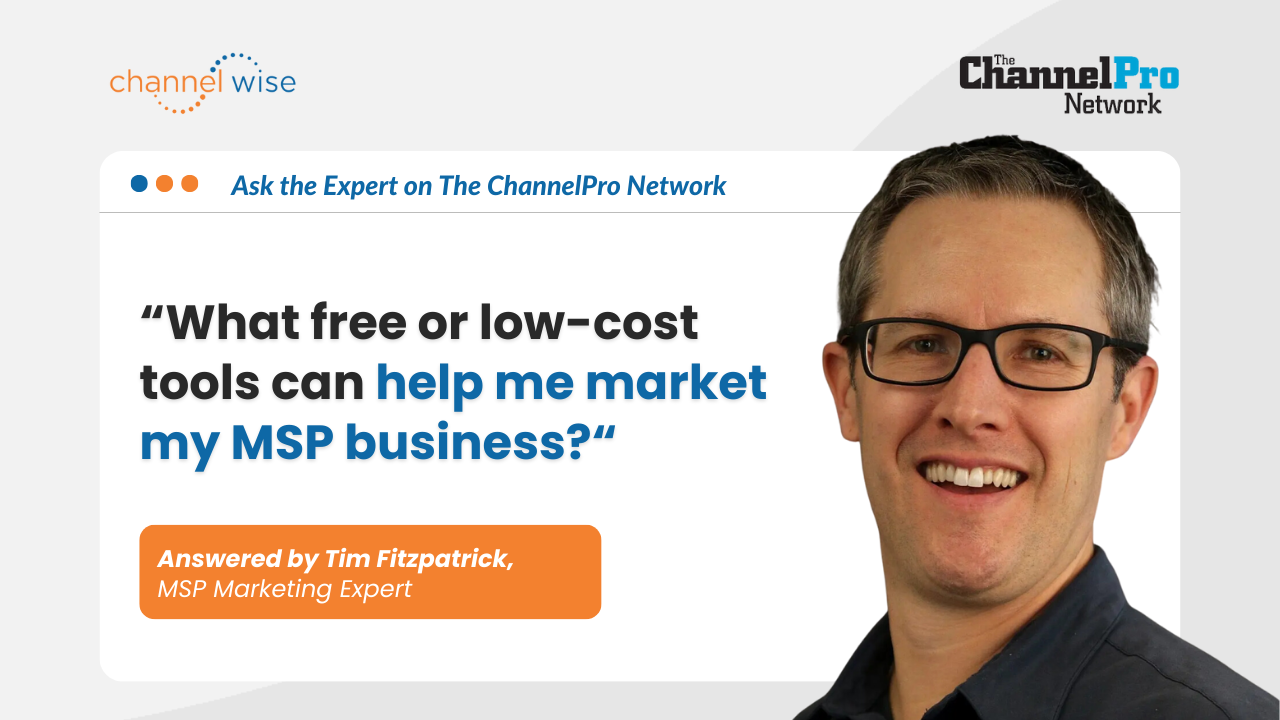
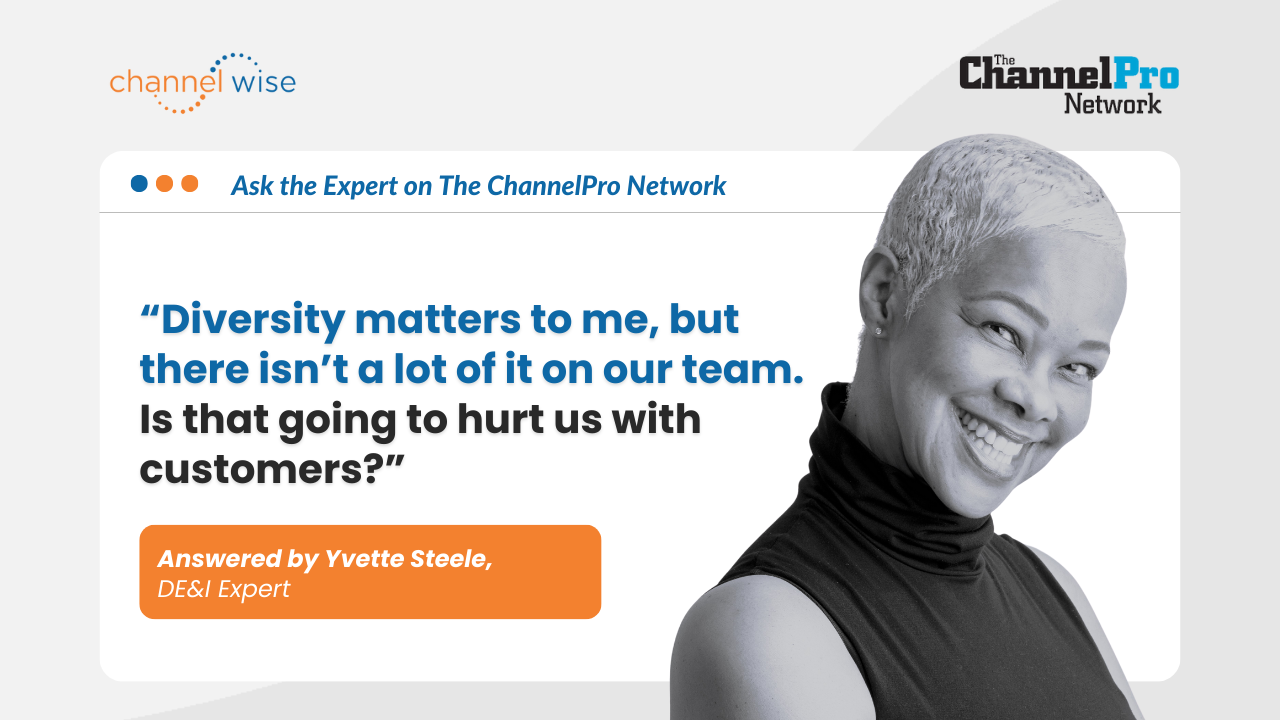
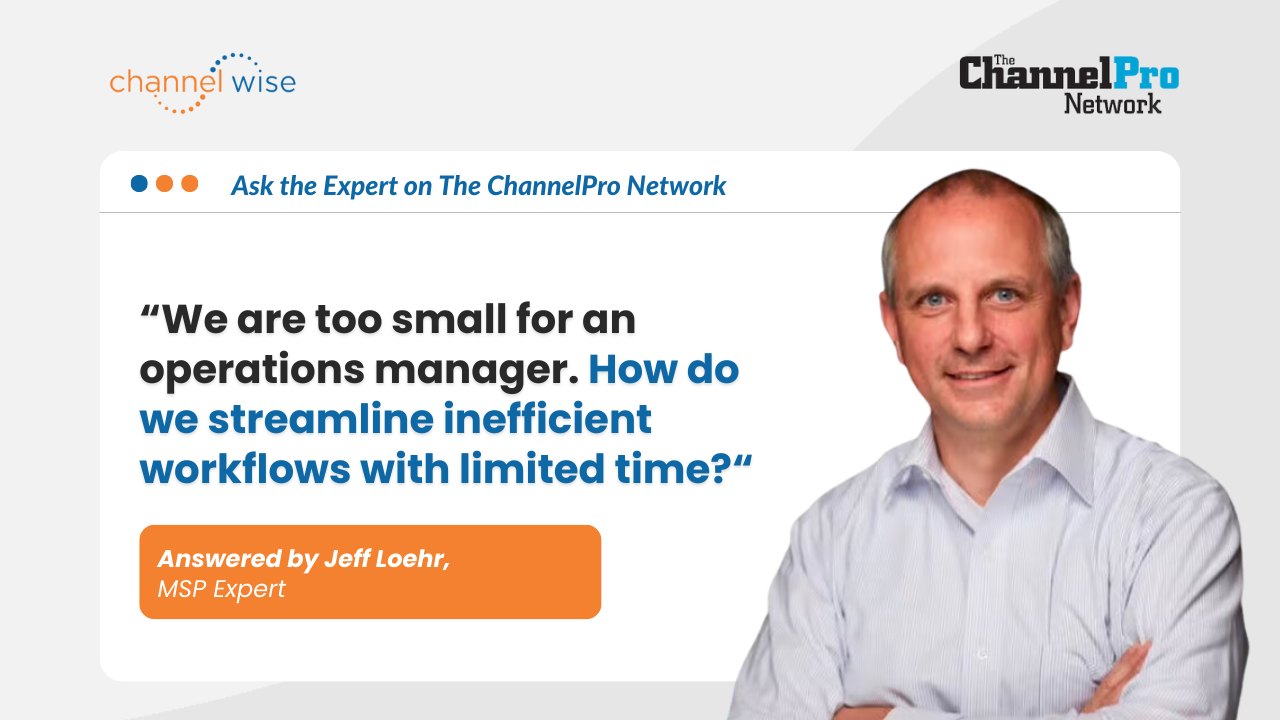
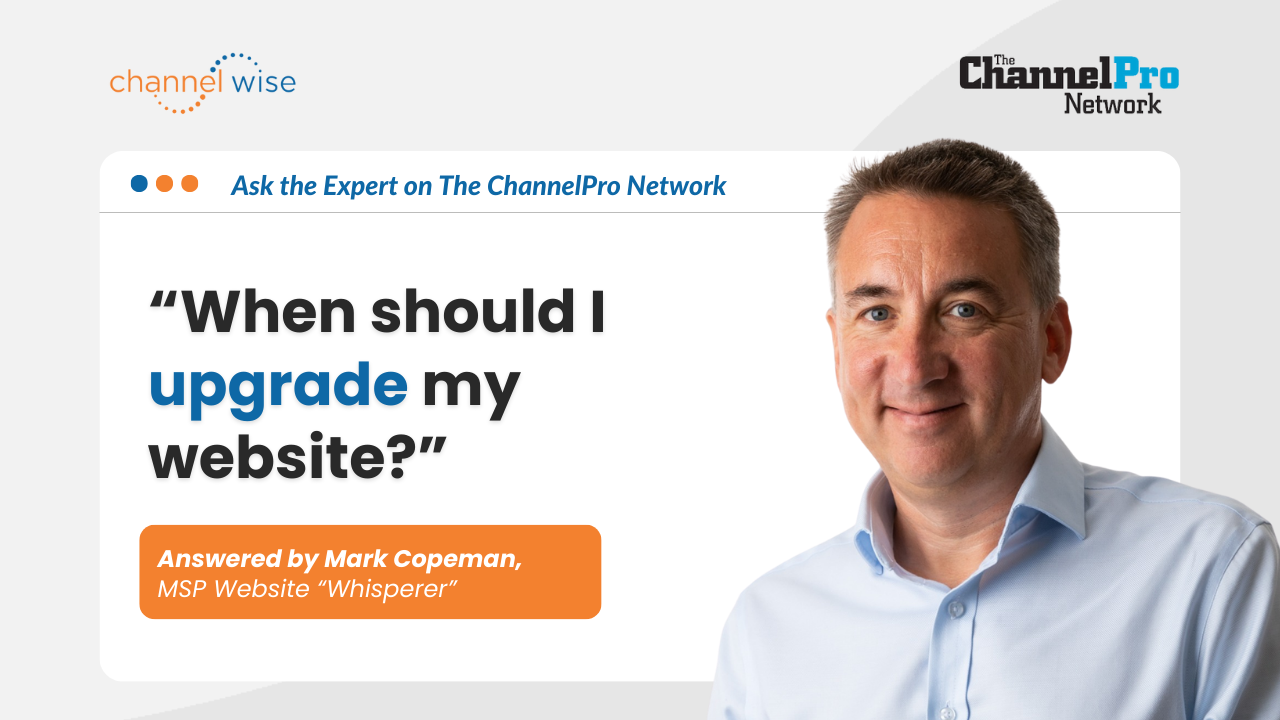
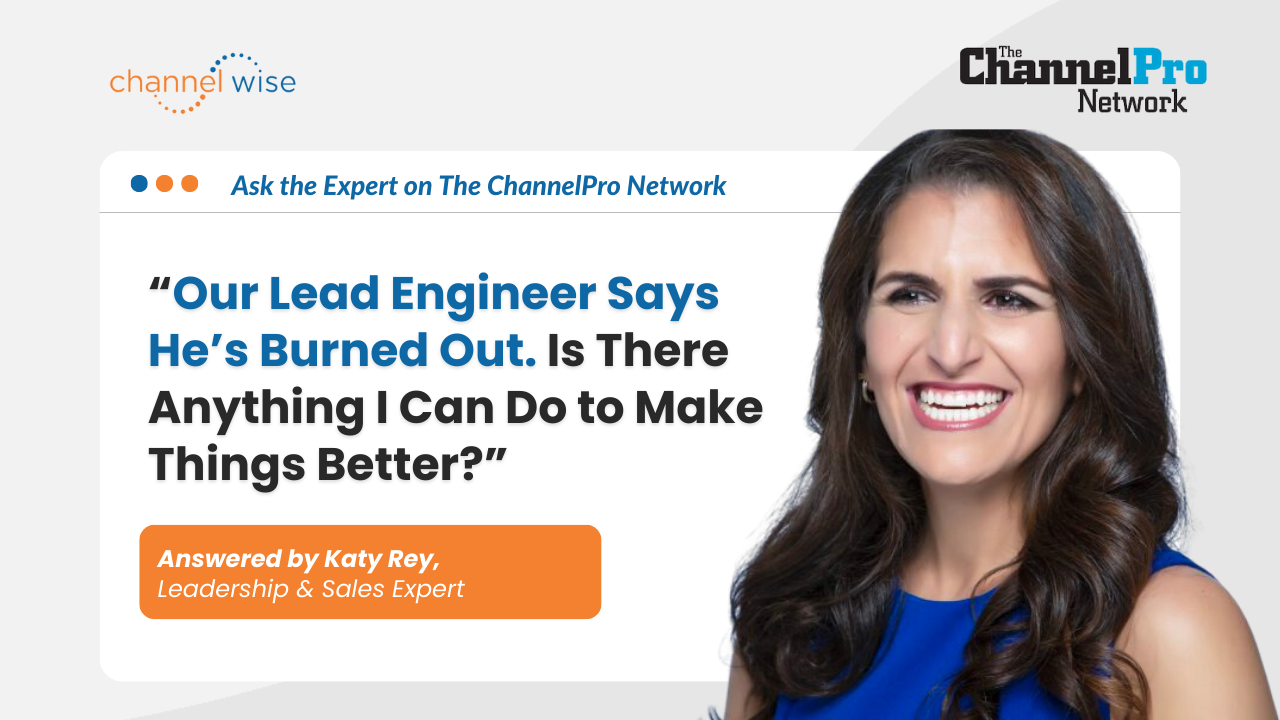
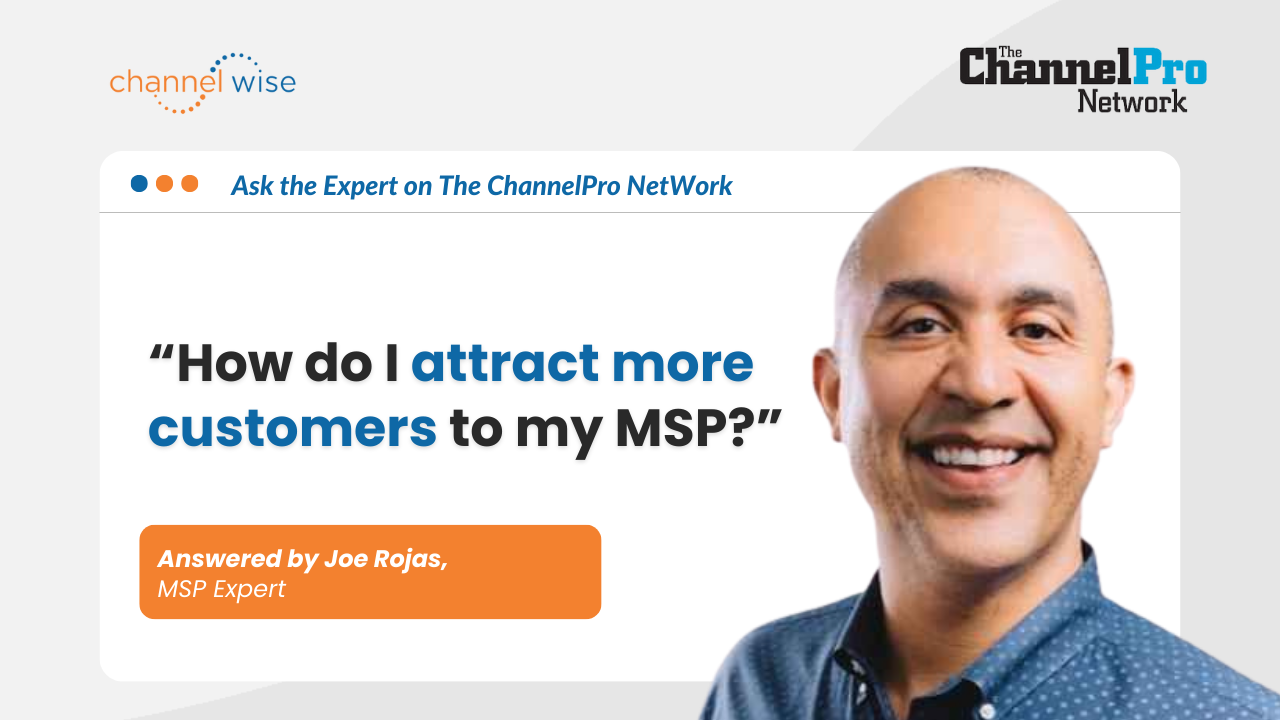

Contact Us
All Rights Reserved | wiseHer, Inc. d/b/a channelWise
